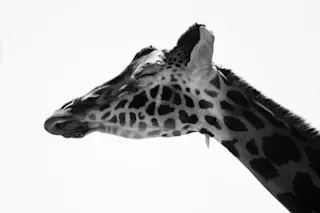Strange as it may sound, we still haven’t pinpointed why exactly humans and other animals sleep. Ongoing research poses many theories, often related to memory generation or learning. Maybe it helps restore DNA damage in neurons, as suggested by a Nature study last year. But back in 2017, scientists had learned that the upside-down jellyfish also appears to sleep, despite the lack of a brain or central nervous system. So, the jury is still out on the why behind sleep.
What we do know is that essentially all animals rest — though detailed studies have mostly taken place in mammals and birds. Style of sleep varies greatly across the animal kingdom. Whether you examine life in the African savanna, across the oceans or high in the trees of Australia, you’ll find major variations in sleep postures as well as the amount of daily rest needed in each species.
Basic survival ...














